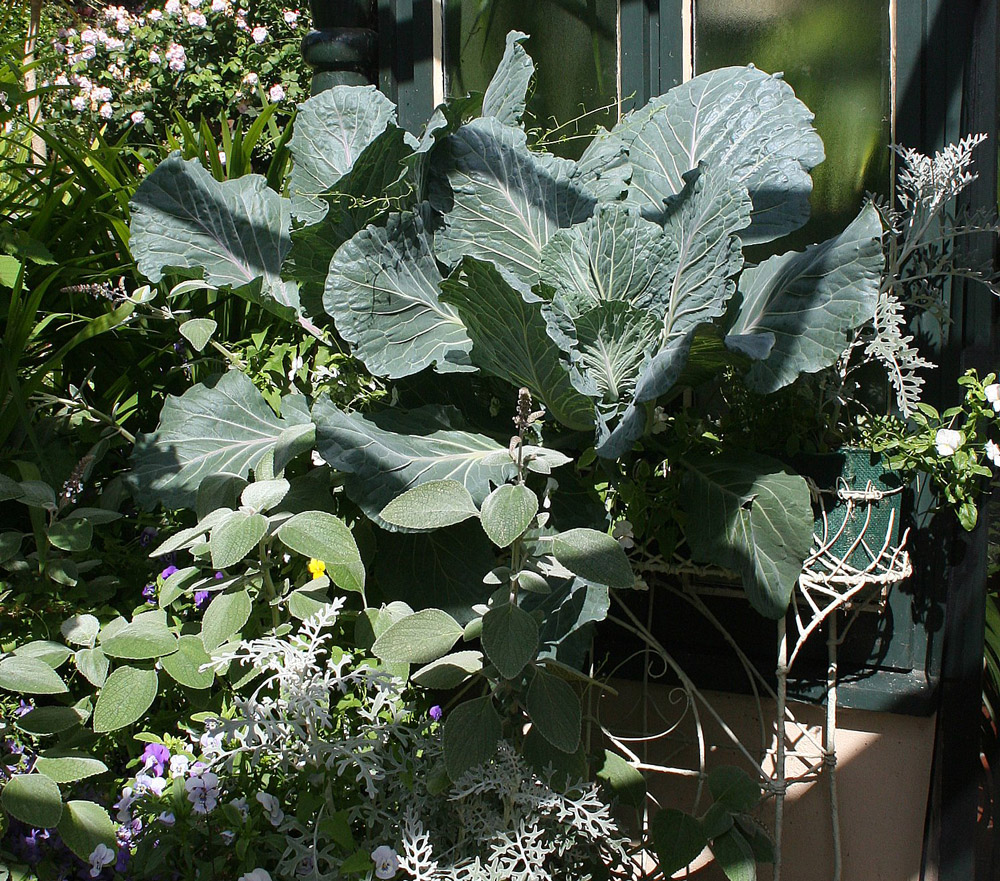With food prices soaring, there’s never been a better time to grow your own supper. Daylight hours are longer and warmer, so now – more than ever – seasoned gardeners and novices alike are trying their hands at growing their own vegetables. It makes such good sense when they are so expensive in the shops, to try to grow at least a few carrots, lettuce, and beans. Plus, their flavour is unsurpassed.
Many people now prefer to grow without recourse to chemical pesticides and fertilisers: it’s good to know that your crops have never been sprayed. However, it’s still necessary to combat the nasties such as blackflies, greenflies, and whitefly, and the dreaded slugs and snails. So, what to do?
First and foremost, it’s important to garden hygienically. Clean your greenhouse with disinfectant before starting to sow, and remove all debris: old canes with hollow centres that are just perfect for bugs and beasties to spend a cosy winter; ‘empty’ pots half full of dried compost (and pest eggs); and weeds in the greenhouse gravel.
Once you can be sure everything is clean, sow your veggie seeds thinly, label and water them. There are some good, modern varieties of, for example, aubergines, that don’t attract whitefly and are hardier in our climate. And most modern varieties of courgette produce only female plants with just the occasional male for pollination.
Out in the wider garden, growing vegetables among other plants and flowers seems to confuse the pests. It’s a more decorative way of growing than planting them out in neat rows where every passing marauder can spot your cabbages and beans from the air and make a beeline for them.
Carrots were traditionally martyrs to carrot root fly (CRF), which bored holes in the top of the root and down into the flesh. Resistant varieties have been bred with names such as Resistafly and Fly Away. CRF is a small, low-flying insect, so if resistant varieties are sown in raised beds, or the bed is edged with chives (which smell horrid to the fly) it meets too many barriers to its ill intentions and gives up.
Slugs and snails are another great pest of young leafy seedlings. A good trick to prevent them from eating the whole crop the night they were planted out is to sprinkle a thick layer of oyster shells around the bed. Oyster shell is scratchy and slightly salty, and slimy pests really hate to cross it. A sack can be bought at any agricultural merchant, or online.
Experimenting with organic methods certainly pays off in the long term: beneficial insects move into the garden. Sometimes they work well, other times only partially, and occasionally not at all. Give each method a score out of 10 to clarify their efficacy. Combine the treatments, and keep a record of your experiments, and the bigger picture will become clear.
Companion planting is fraught with misunderstandings. However, one of the best ways to prevent damage from greenfly and whitefly is to sow tagetes (the African marigold) alongside your runner beans, or anything else the flies adore. Single-flowered tagetes host the eggs, larvae and adults of hoverflies, which eat all stages of the aphids for breakfast, lunch, and tea. As do ladybirds, but these are less easy to harness to your cause.
Within the greenhouse you can use predators to target the unwanted pests such as red spider mite (RSM), which is a particular scourge of many summer greenhouse plants. RSM likes hot, dry conditions, so from the outset try to keep a high humidity within the house by spraying plants like chilli peppers with water in a hot spell and spray the paths at midday to keep up the humidity.
The mites live on the undersides of leaves and are almost invisible. Once RSM is detected it’s time to act. The predatory mite Phytoseiulus persimilis is available by mail order and can be distributed within the greenhouse. Problem solved. It does feel good to outwit the pests with a little nous.
What do you like to grow? Share your garden tips at newsdesk@blackmorevale.net
SUPER GREEN TIP
Out in the wider garden, growing vegetables among other plants and flowers seems to confuse the pests. It’s a more decorative way of growing than planting them out in neat rows!
by Sally Gregson











Leave a Reply